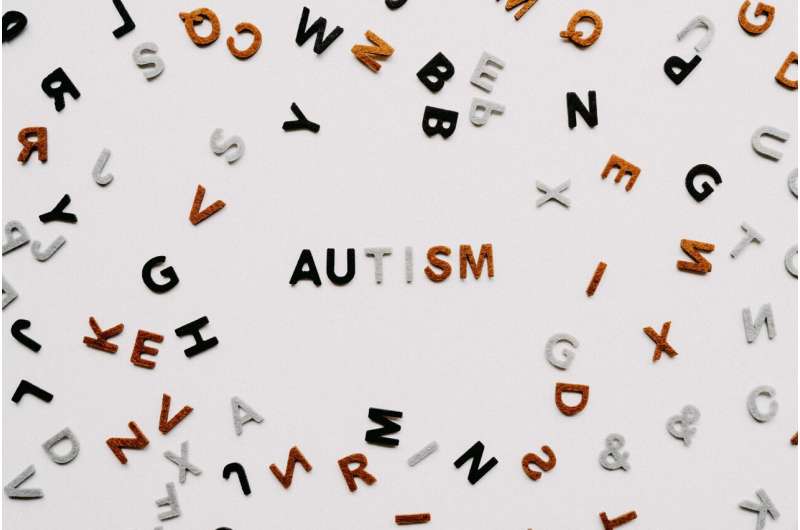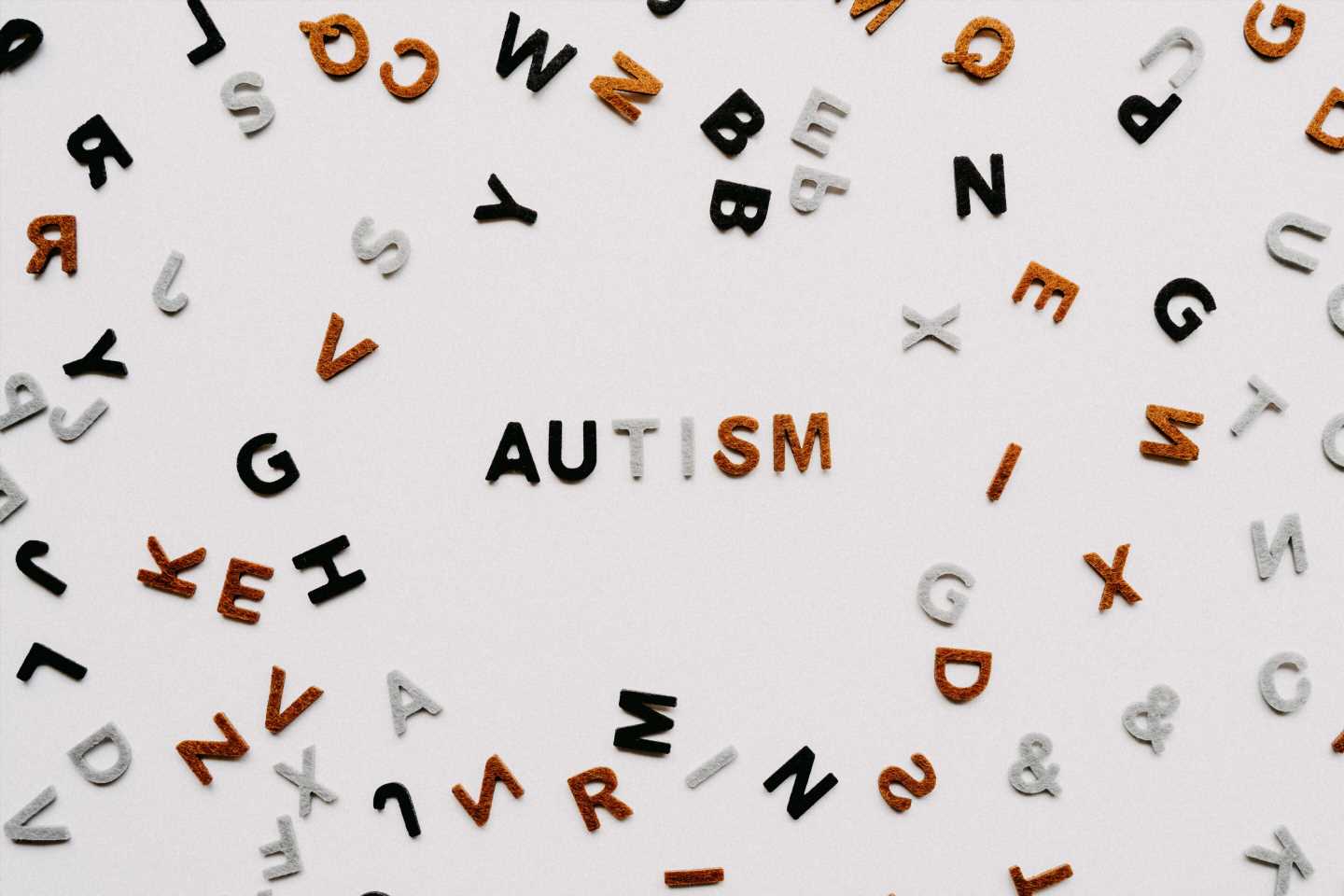
Study methods
- “Changers” described those who began with low IQs in early childhood, followed by a substantial increase that slowed as they entered middle childhood. “Changers” made up 39% of the participants.
- “Persistent Intellectual Disability” described the individuals who began with a below average IQ that persisted across childhood. Around 45% of the participants were in this group.
- “Persistently High IQ” described the individuals who began with an average or above average IQ and remained relatively stable throughout childhood. Sixteen percent belonged to this group.
Results
Brain differences among the three autistic groups
Source: Read Full Article
